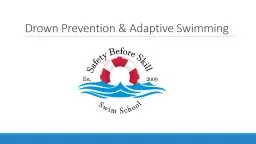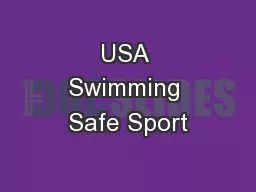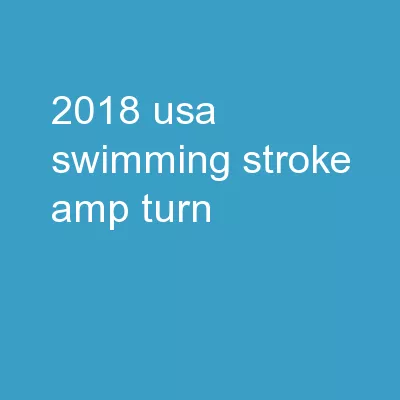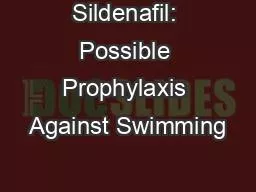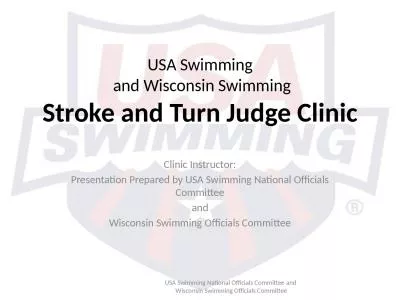PPT-Drown Prevention & Adaptive Swimming
Author : jezebelfox | Published Date : 2020-08-26
What is Drowning World Health Organization the process of experiencing respiratory impairment from submersionimmersion in liquid Fata vs NonFatal Drowning Suffocation
Presentation Embed Code
Download Presentation
Download Presentation The PPT/PDF document "Drown Prevention & Adaptive Swimming" is the property of its rightful owner. Permission is granted to download and print the materials on this website for personal, non-commercial use only, and to display it on your personal computer provided you do not modify the materials and that you retain all copyright notices contained in the materials. By downloading content from our website, you accept the terms of this agreement.
Drown Prevention & Adaptive Swimming: Transcript
Download Rules Of Document
"Drown Prevention & Adaptive Swimming"The content belongs to its owner. You may download and print it for personal use, without modification, and keep all copyright notices. By downloading, you agree to these terms.
Related Documents

